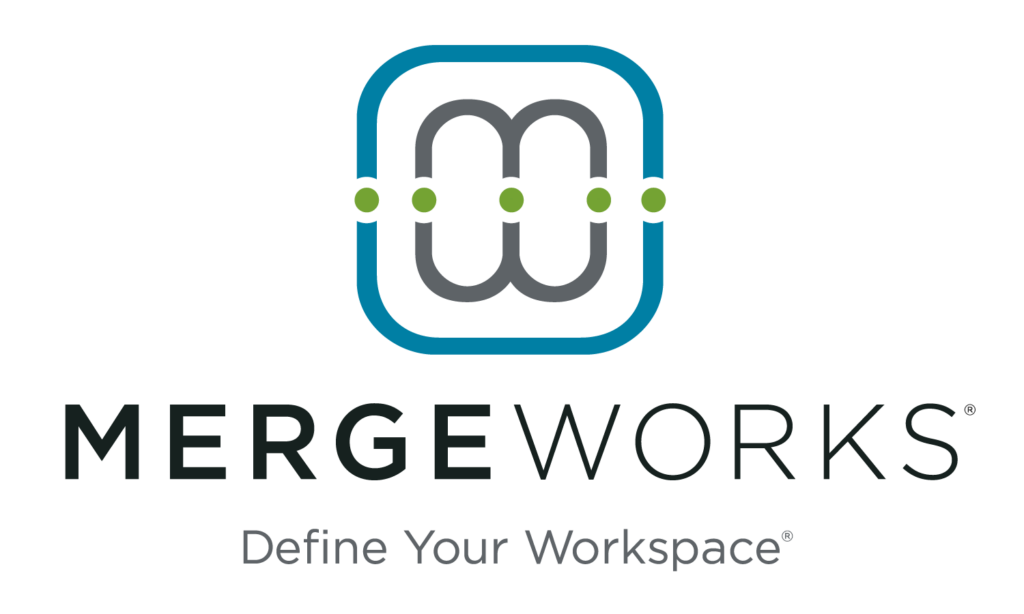Fraud is all around us these days, but it’s not just strangers who find us vulnerable. Your own employees could be stealing from you. The problem can be especially devastating for small business owners, who surprisingly tend to lose the most.
The Association of Certified Fraud Examiners (ACFE) conducts the foremost study in the area of employee fraud each year. In its latest report, ACFE reveals that small businesses with fewer than 100 employees are more likely to be targets and shockingly lose twice as much per scheme as larger companies (a median loss of $200,000 versus $100,000).
Before pointing your finger at your newest and “least loyal” employees, take note: Employee tenure is a risk factor, not a safeguard.
The ACFE found that the amount of fraud losses tends to increase based on how long the employee has worked for the victim organization. An employee who commits fraud within their first year causes a median loss that’s $40,000, while those with more than 10 years at the victim organization causes a median loss that’s six times higher, at $241,000. Employees with a company less than one year also commit the fewest number of fraud cases. Your most likely suspects? Employees who have been working for you for 1-5 years—they commit 44% of occupational fraud crimes.
For a clearer look at your company’s risk factors, consider the following facts about retail, construction, and organizational/corporate theft:
- Retail employee theft: About one in every 40 retail employees is apprehended for theft, either through inventory shrinkage or money theft. Keep in mind that those are the ones who are caught. A well-respected annual industry survey reveals that the average value stolen per employee retail theft case increased 30% in recent years, with $38 million recovered from employee apprehensions in 2018 alone. Skimming, under-ringing, and “sweethearting” are some of the top ways retail employees commit crimes at work. Not sure what those schemes are? Educate yourself.
- Construction site theft: Builders face unique risks when it comes to employee theft. If you’re in this industry, you already know how important it is to secure a construction site to prevent outside thieves and vandals from gaining access. But how vulnerable are you to worker theft? Tools, copper wiring, new appliances, and other construction equipment and inventory are often taken from job sites by under-monitored workers. A combination of better inventory control, surveillance, manager leadership, training and HR procedures, and audits can help.
- Payroll, check, and billing fraud: These schemes are perhaps the most common because they span all industries and sectors. They fall into the category of asset misappropriation, which makes up 90% of all fraud cases. Check tampering is among the most common overall and includes forging authorized signatures, changing payee designations, and writing fraudulent checks for personal benefit.
- Corporate corruption schemes: Corruption is a significant category of employee fraud but, unfortunately, the area is murky when it comes to understanding how the often-complex schemes work and how to identify when they’re occurring within your business. Some examples include bid rigging, bribery, conflicts of interest, illegal gratuities, invoice kickbacks, and purchasing schemes.
Detection and Prevention
According to the ACFE study, fraud is most often identified thanks to tips from employees. That’s why it’s essential to create a safe environment for employees to report suspected theft. Companies that provide hotlines and similar anonymous reporting methods receive the most tips and can stop fraud faster and at half the cost of those that don’t.
ACFE also found that, especially in small businesses, employee fraud was missed due to the lack of internal controls like IT tools, surveillance/monitoring, account reconciliation, and internal audits. Without those controls, fraudsters can modify or delete the records needed to cover up their crimes.
External audits are a great idea in many cases, but they often come too late. Compared to the internal controls listed above, which can stop fraud within five months, external audits alone often stop fraud 23 months after it starts and with a loss that can be four times greater.
o help prevent employee fraud in the first place, put a series of checks and balances in place. Start with a work culture based on mutual respect and accountability. No one person should be “keeping the books” alone. In our years providing small business accounting services, we’ve found that this one mistake is the biggest preventable risk small businesses take with their money.
Add layers of internal controls and consider adding outside controls like bookkeeping services and external auditing. For tough cases, forensic investigative accounting can dig deeper into the motivations and behaviors of your stakeholders and those who work for you to uncover fraud that might otherwise be undetected.
For more information, take a look at our previous article, Employee Fraud Is More Common Than You Think, and feel free to contact us with questions.















